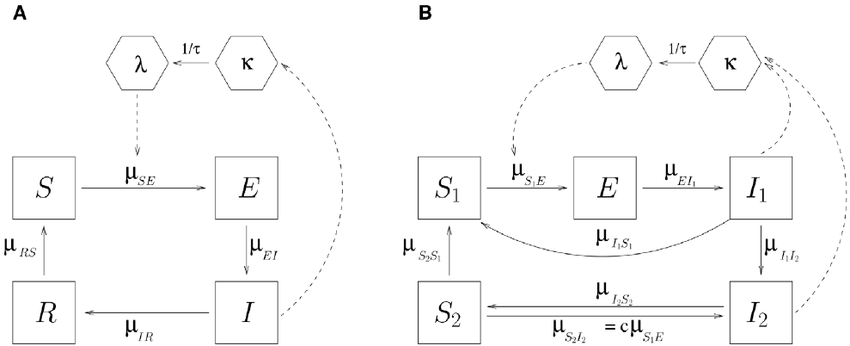Malaria Elimination in Asia-Pacific
Malaria is a mosquito-borne infectious disease that is widespread in tropical and subtropical regions. In 2017, there were an estimated 219 million cases of malaria worldwide resulting in an estimated 435,000 deaths (World Malaria Report 2018).
Approximately 90% of both cases and deaths occurred in Africa but, as the global threat of drug-resistant malaria spreads in Asia, the Asia-Pacific region is strategic and has been targeted for elimination by the year 2030.

Malaria modeling can inform policy design and guide research for malaria elimination and eradication from local implementation to global strategy formulation. We have developped an App to showcase results from the mathematical models used for estimating the feasibility and cost of malaria elimination in the region.
The METCAP Application presents the results of a dynamic epidemiological-economic model that has been developed for the 22 countries in the Asia-Pacific Region. The purpose of the model is to project rates of decline to elimination by 2030 and help policy makers to determine the costs for elimination in the Asia-Pacific region.
